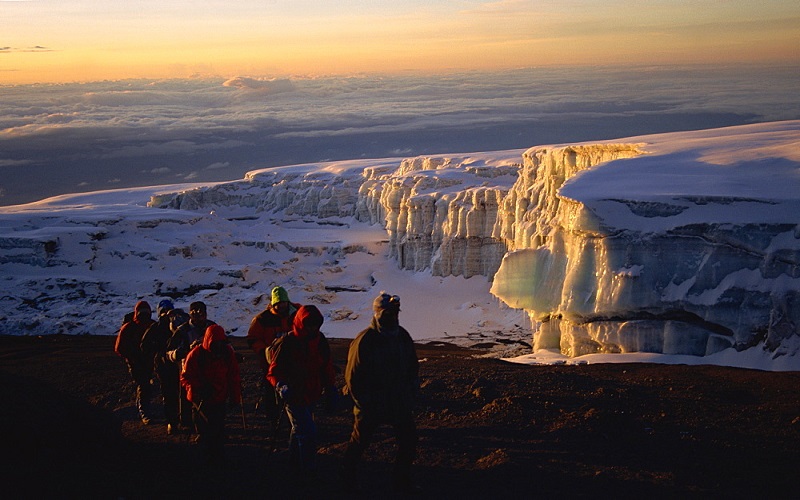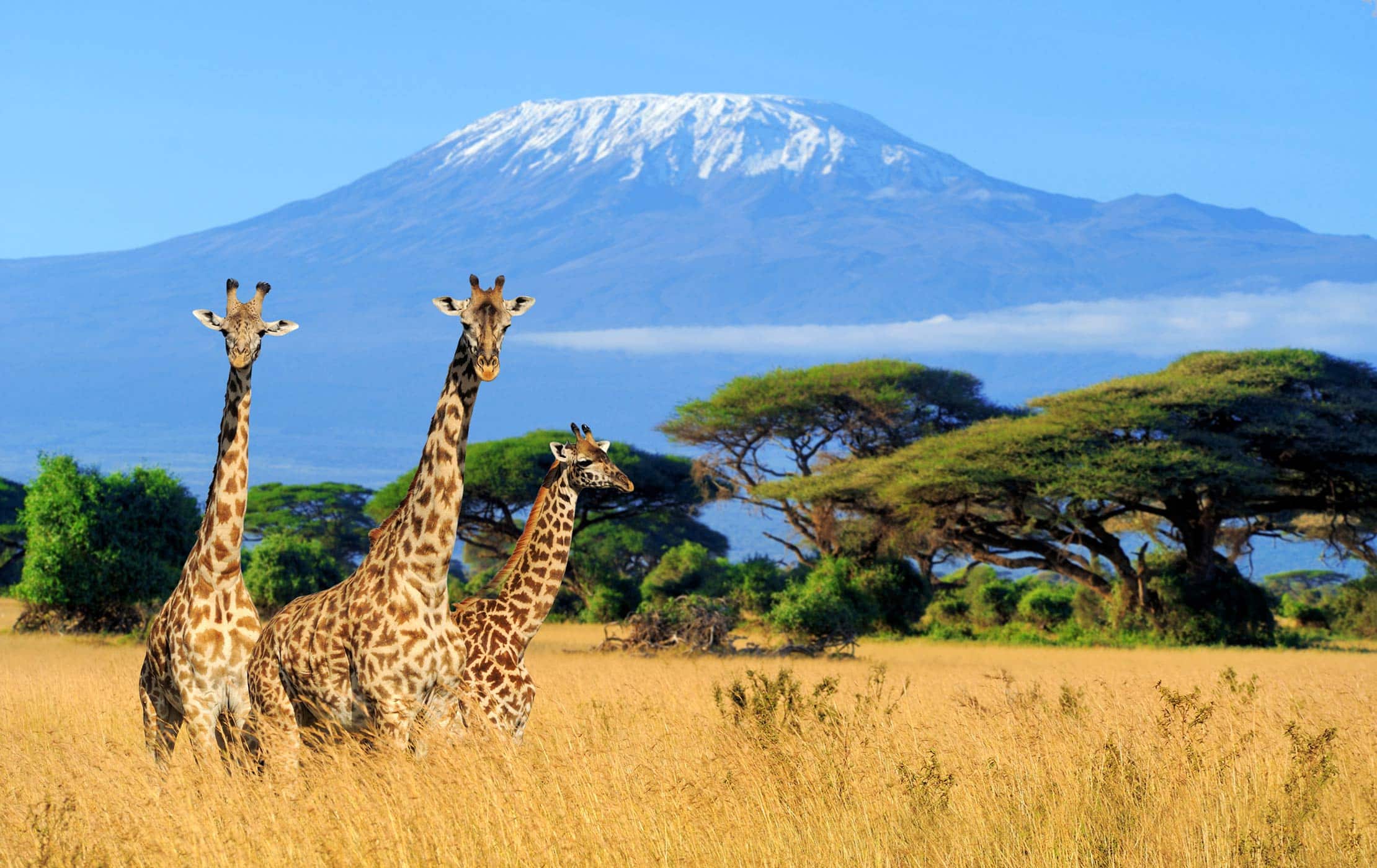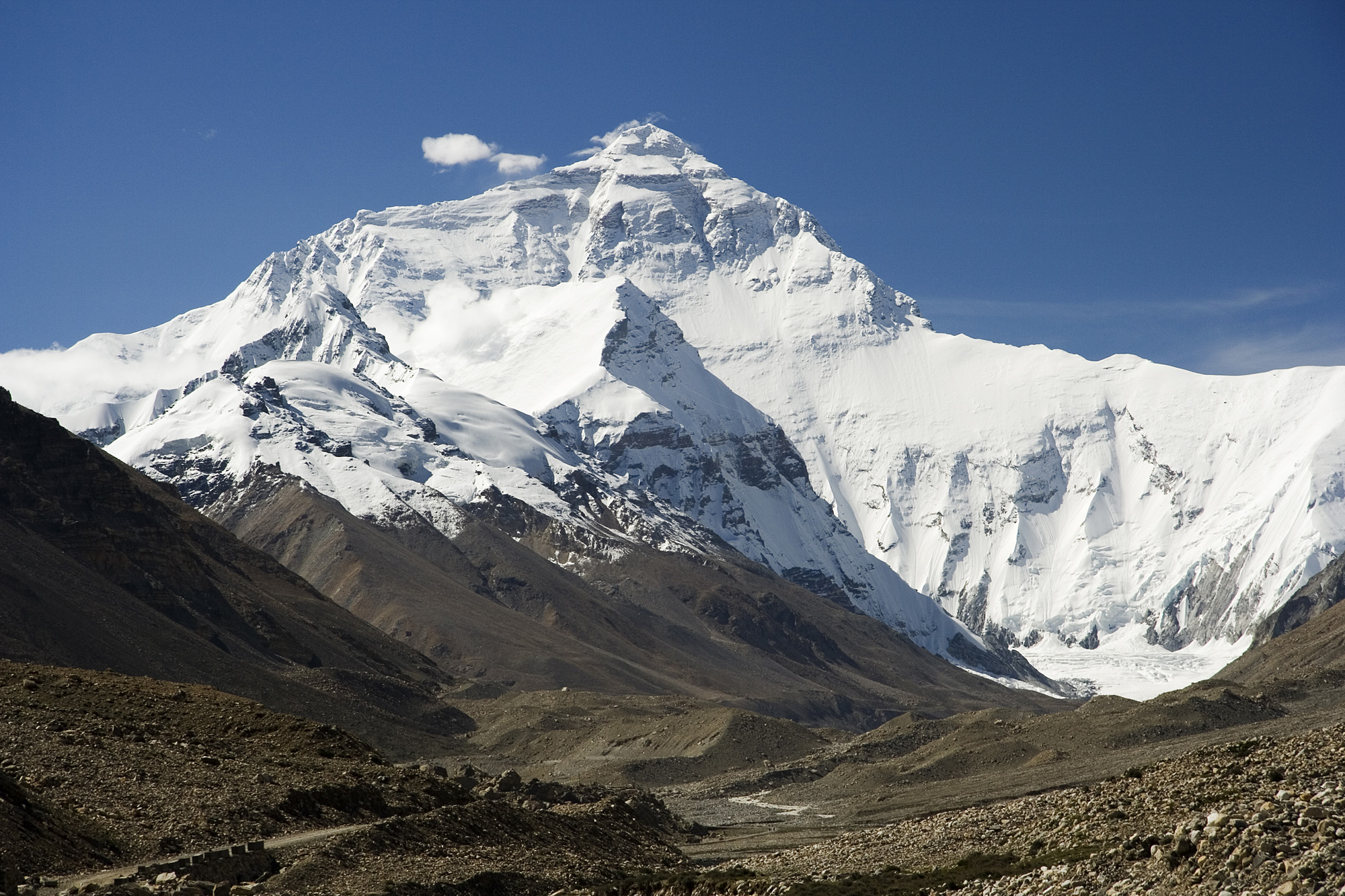
Mount Kilimanjaro or Mount Everest: Which Is the Best Hiking Adventure for 2026?
Planning a mountain trek for 2026? Discover why climbing Mount Kilimanjaro in Tanzania is a better, more rewarding, and more achievable adventure than Mount Everest Trekking.
Customer Reviews
4.9
Mount Kilimanjaro Vs Mount Everest.
If you’re planning a hiking adventure for 2025–2026 and wondering which mountain gives the best experience, the answer is Mount Kilimanjaro. While both Kilimanjaro in Tanzania and Mount Everest Base Camp in Nepal are famous worldwide, Kilimanjaro is easier to climb, more scenic, and offers more cultural variety. It’s a once-in-a-lifetime adventure where you can reach Africa’s highest summit, meet warm local people, and enjoy Tanzania’s wildlife and beaches all in one trip.
Choosing Kilimanjaro means a combination of physical challenge, natural beauty, and cultural immersion, all in a relatively short period. The mountain’s moderate altitude and walking paths allow both beginners and experienced hikers to achieve something extraordinary.Planning a mountain adventure is always exciting. The two names that inspire travelers most are Mount Kilimanjaro in Tanzania and Mount Everest Base Camp in Nepal.
Both offer beauty, adventure, and unforgettable memories. But when you compare them side by side, Mount Kilimanjaro clearly stands out as the better choice for most travelers. It’s more accessible, diverse, and full of rewarding moments.This guide explains the difference between the two and helps you see why climbing Mount Kilimanjaro is the top hiking choice for 2026.
About Mount Kilimanjaro
Mount Kilimanjaro, called the “Roof of Africa,” is the highest mountain in Africa at 5,895 meters (19,341 ft). Located in northern Tanzania, it’s a dormant volcano with three main peaks- Kibo (the tallest), Mawenzi, and Shira.The climb is unique because no technical climbing is required. It’s a trekking experience that focuses on endurance, preparation, and altitude management. Hikers walk through five distinct ecological zones: tropical rainforest, heath, moorland, alpine desert, and the glacial summit zone. Each zone has its own climate, flora, and fauna.
For example, the lower rainforest zone is home to monkeys, colorful birds, and unique plants. In the alpine desert, the landscape changes to rocky, barren paths that test your endurance. At the summit, the icy glaciers create a dramatic, almost otherworldly scene as you look over the clouds at sunrise a view many climbers describe as life-changing.
Climbing Kilimanjaro also allows for flexible planning. Popular routes like Machame, Lemosho, Rongai, and Marangu vary in difficulty, scenery, and accommodation options, from camping under the stars to basic mountain huts.

About Mount Everest Base Camp
Mount Everest, at 8,848 meters (29,029 ft), is the world’s tallest mountain, found in the Himalayas of Nepal. Most adventurers trek to Everest Base Camp at 5,364 meters (17,598 ft) rather than climbing the summit itself.The trek is famous for its dramatic Himalayan scenery. You will pass glacial rivers, high-altitude valleys, and villages built with traditional stone and wood. The journey is longer than Kilimanjaro, often taking 12–15 days, and requires careful acclimatization due to the high altitude.
The cultural experience is unique, as you walk through Sherpa villages, interact with monks in Buddhist monasteries, and see prayer flags fluttering in the wind. Tea houses along the trail provide meals and rest stops, offering a cozy and social experience for trekkers.While Everest Base Camp is an iconic and spiritual trek, it does not reach the mountain’s summit. This means trekkers experience stunning landscapes but do not achieve the peak of the world’s tallest mountainunlike Kilimanjaro, where you stand on Africa’s highest point.

Kilimanjaro vs Everest: Side-by-Side Comparison
1. Difficulty Level
Mount Kilimanjaro does not require technical climbing skills. The main challenge is endurance and altitude. Most hikers succeed with steady pacing and experiencedguides. Everest Base Camp, however, involves longer trekking days, higheraltitude, and fewer support options, making it more physically demanding. Kilimanjaro is more accessible for beginners and travelers with moderate fitness.
2. Duration of Climb
Climbs on Kilimanjaro usually take 5 to 8 days, depending on the route. This is perfect for travelers who want a full adventure but have limited vacation time. Everest Base Camp typically takes 12–15 days or more, including acclimatization. The longer trek may not suit travelers looking for a shorter adventure. Kilimanjaro is shorter, easier to plan, and still highly rewarding.
3. Altitude and Acclimatization
Both treks involve high altitudes, but Everest Base Camp keeps trekkers at high elevation for longer, which increases the risk of altitude sickness. Kilimanjaro’s summit is actually higher than Everest Base Camp, but with proper pacing andgoodplanning, most hikers can acclimatize safely. Guides and porters on Kilimanjaro provide hydration, rest, and gradual ascent, making it manageable even for first-time high-altitude climbers.
4. Cultural Experience
On Kilimanjaro, travelers can interact with local Chagga and Maasai communities, experience traditional hospitality, and combine the climb with cultural tours orsafaris. Everest Base Camp offers Himalayan cultural experiences, including Sherpa villages, monasteries, and prayer sites. Both have value, but Kilimanjaro offers morevariety, including wildlife safaris and Zanzibar beaches after the climb.
5. Scenery and Wildlife
Kilimanjaro provides a diverse visual experience: tropical rainforest, moorlands, alpine deserts, and glaciers. Wildlife sightings include monkeys, exotic birds, andunique plants. Everest Base Camp showcases snow-capped peaks and glacialvalleys, but with less biodiversity. Kilimanjaro offers more variety in scenery,wildlife, and ecosystems.
6. Accessibility and Cost
Flights to Kilimanjaro International Airport (JRO) are frequent, and logistics are simple. Climbing packages cost $1,800–$3,500, depending on the route and services. Everest Base Camp flights are limited, including the risky Lukla Airport, and packages cost $2,000–$4,500. Kilimanjaro is easier to reach, faster to plan, andmore affordable.
How to Choose Between Kilimanjaro and Everest
- Choose Mount Kilimanjaro if you want a real summit, diverse scenery, shorter duration, and the chance to combine your trek with a safari or beach holiday.
- Choose Everest Base Camp if you prefer a longer trek focused on Himalayan culture and are prepared for colder, more rugged conditions.
Both Mount Kilimanjaro and Everest Base Camp are incredible adventures that challenge your body and spirit. But if your goal is to stand on a summit, enjoy stunning views, and experience African culture, Mount Kilimanjaro is the perfect choice for 2026.